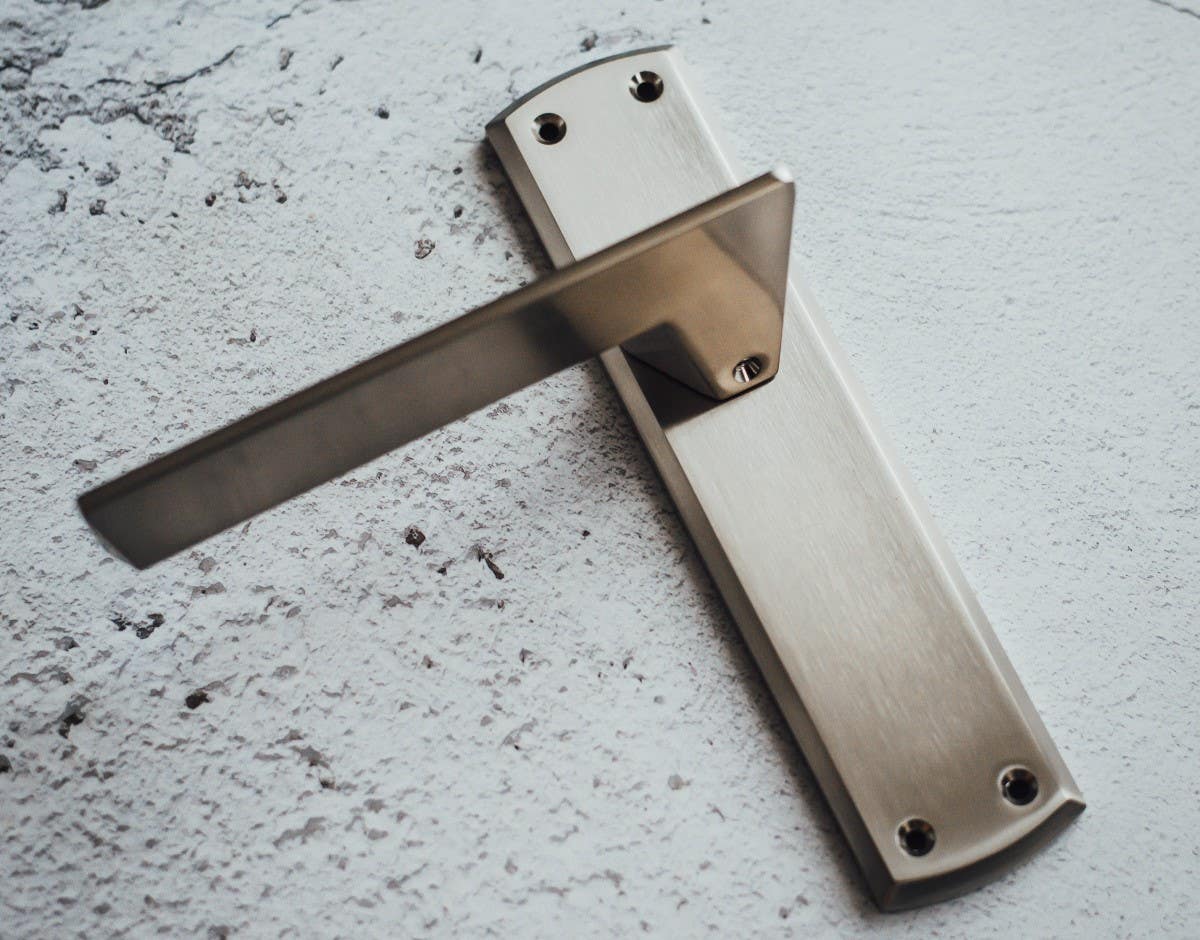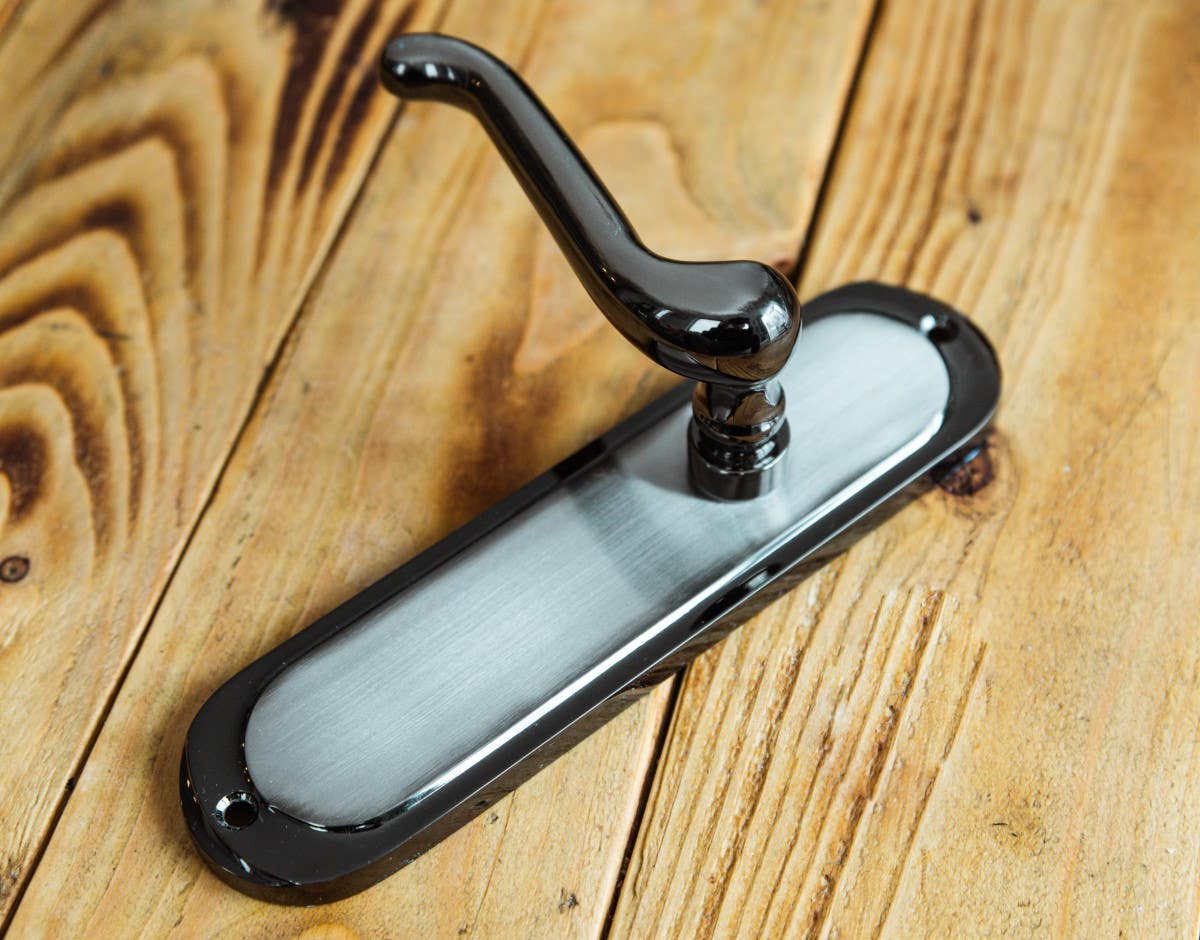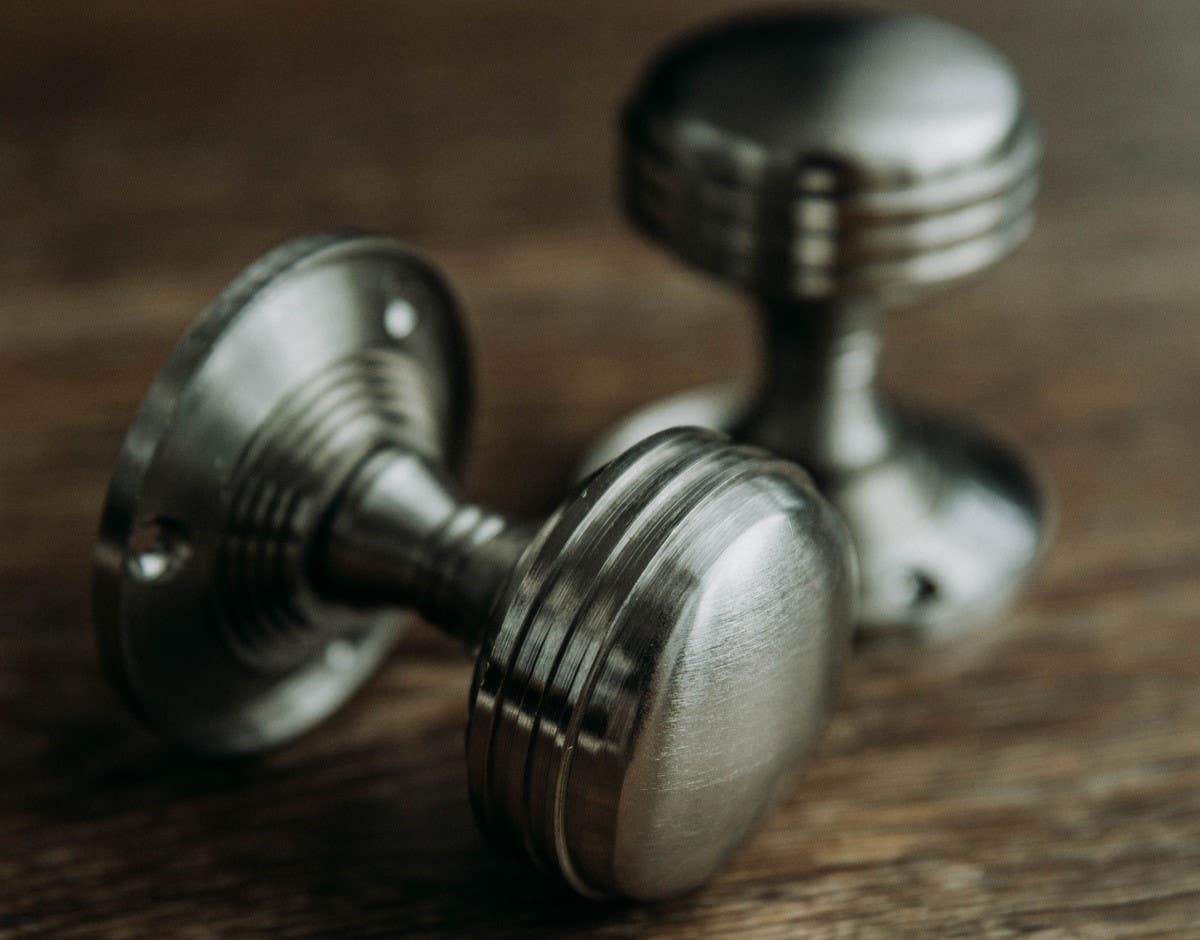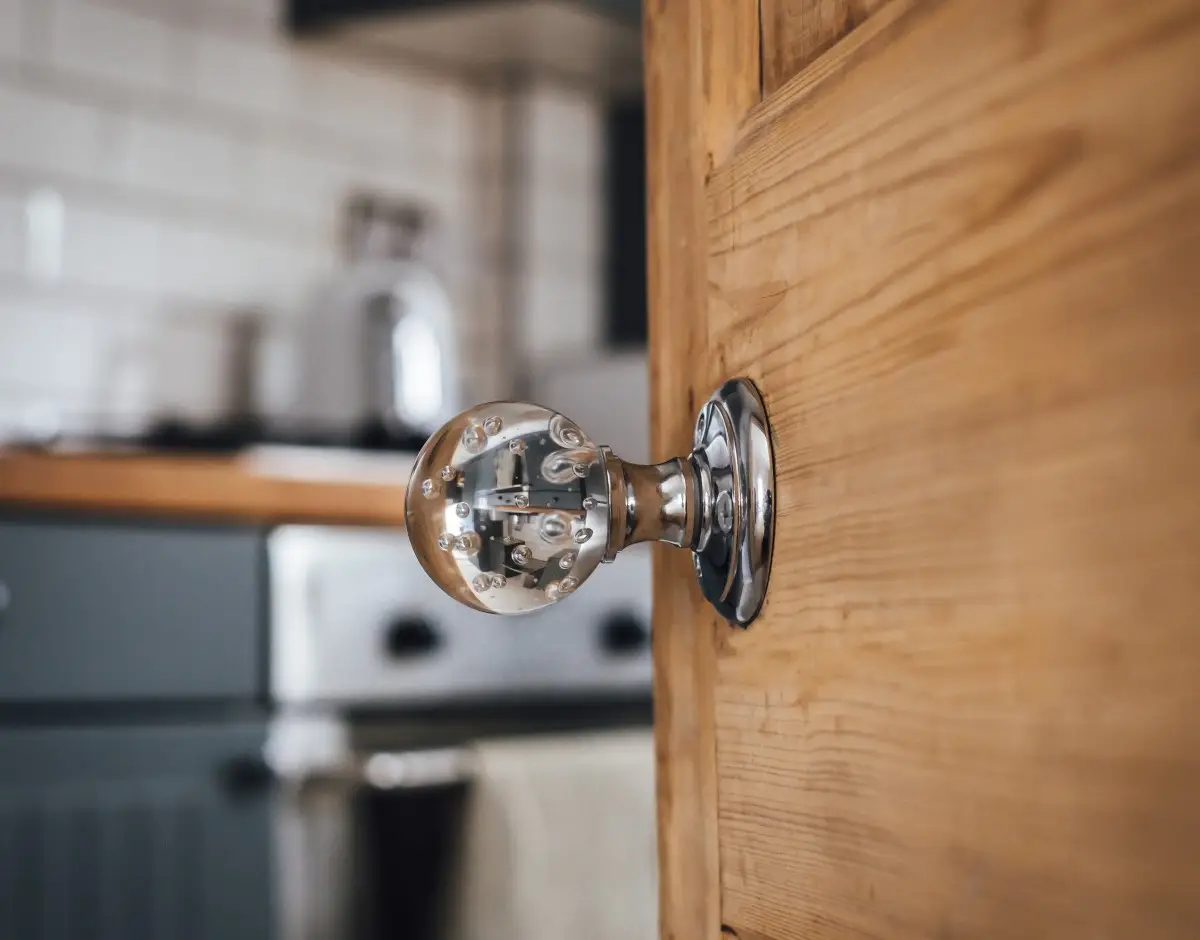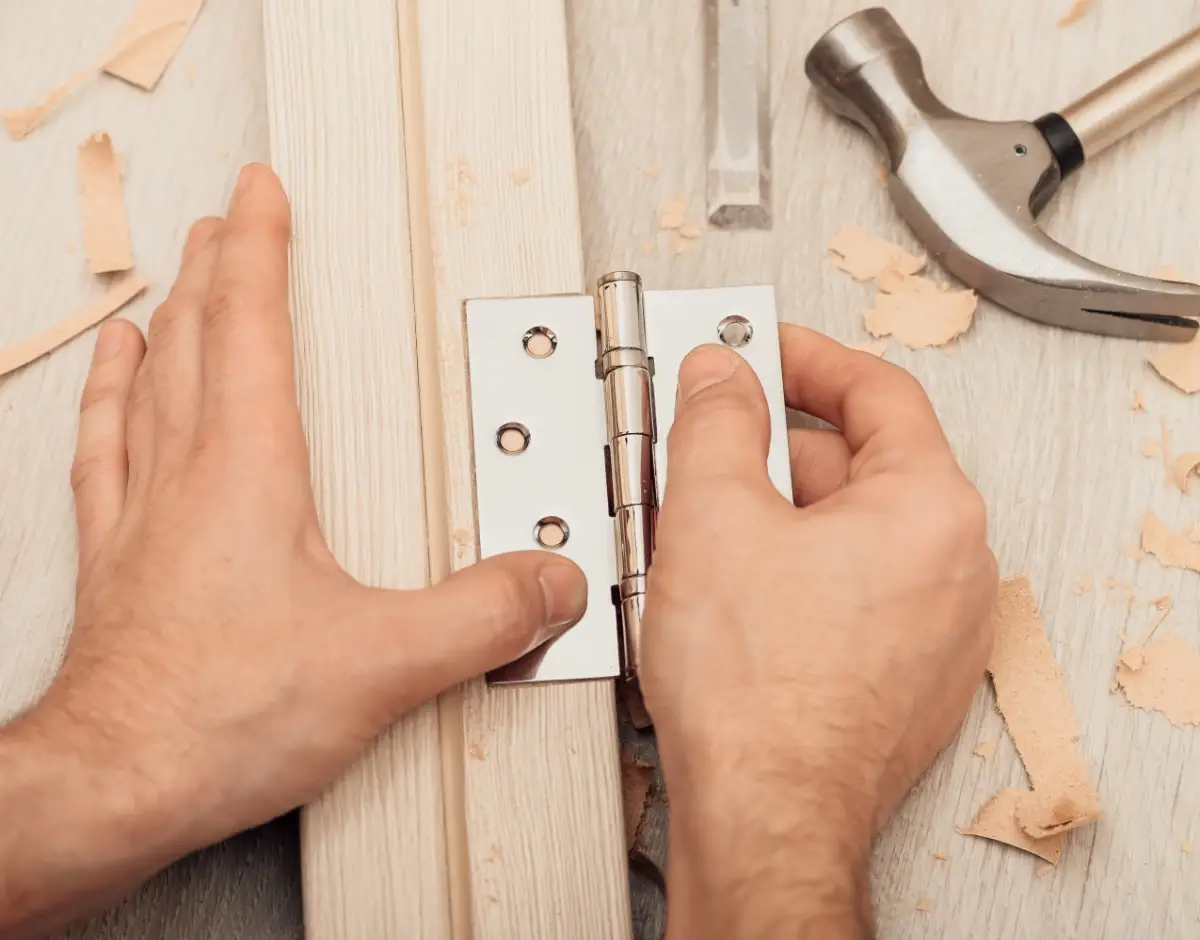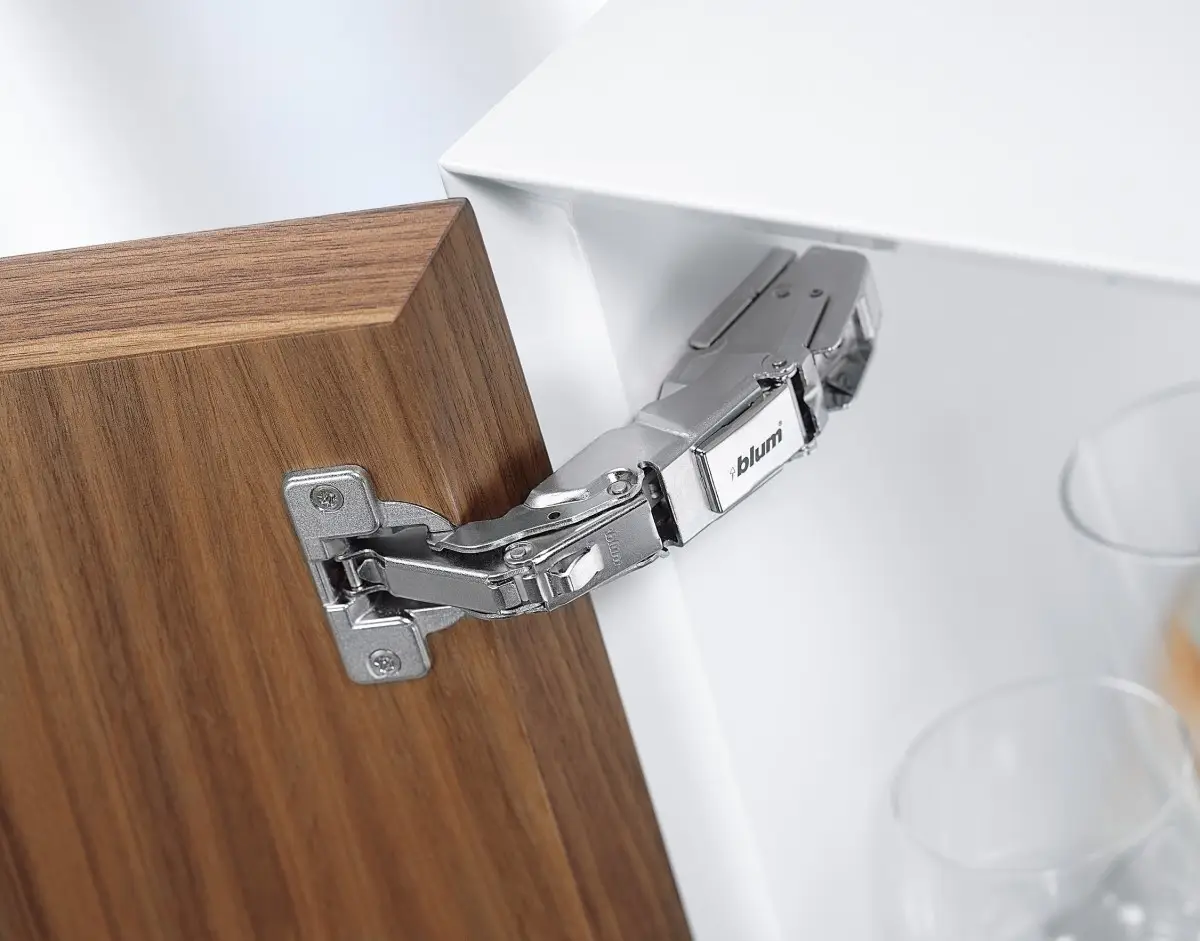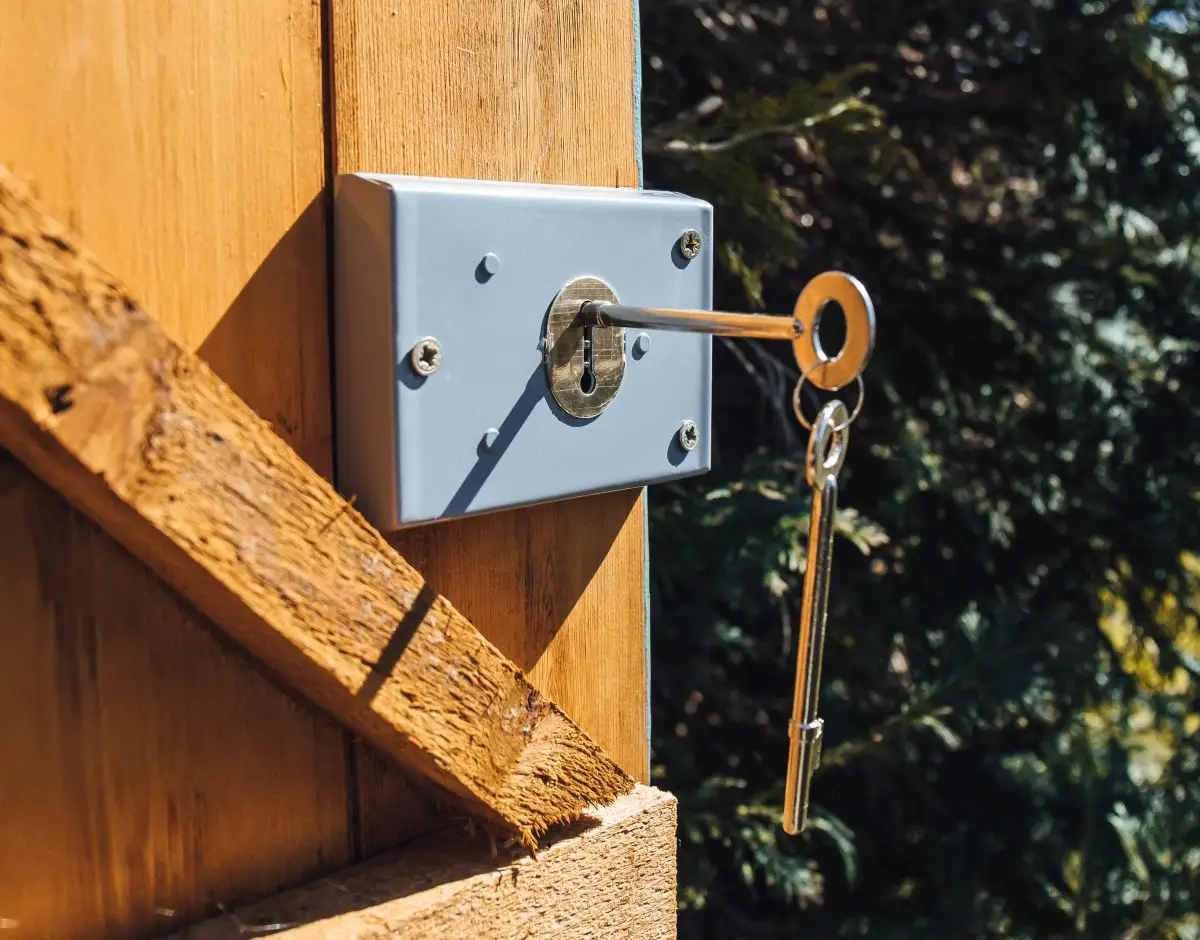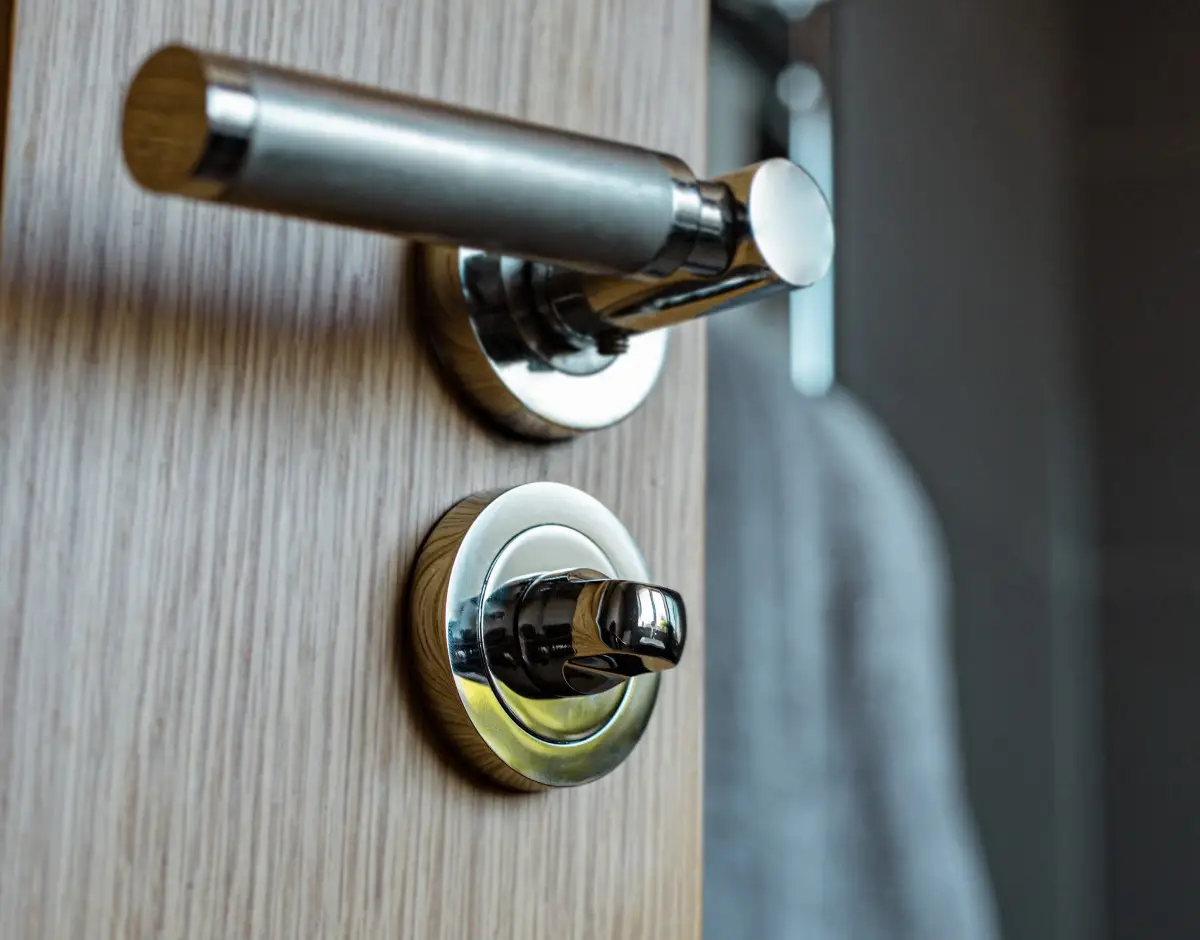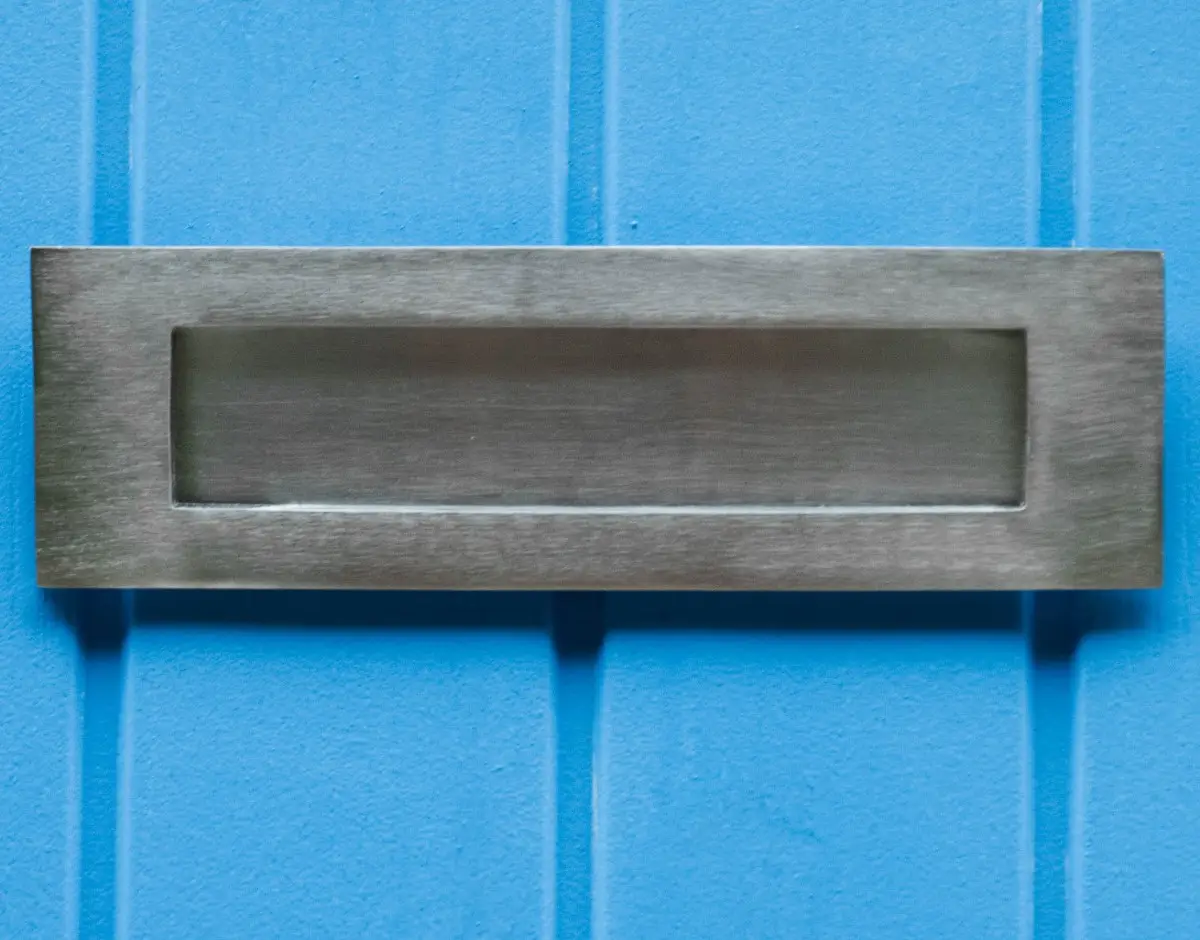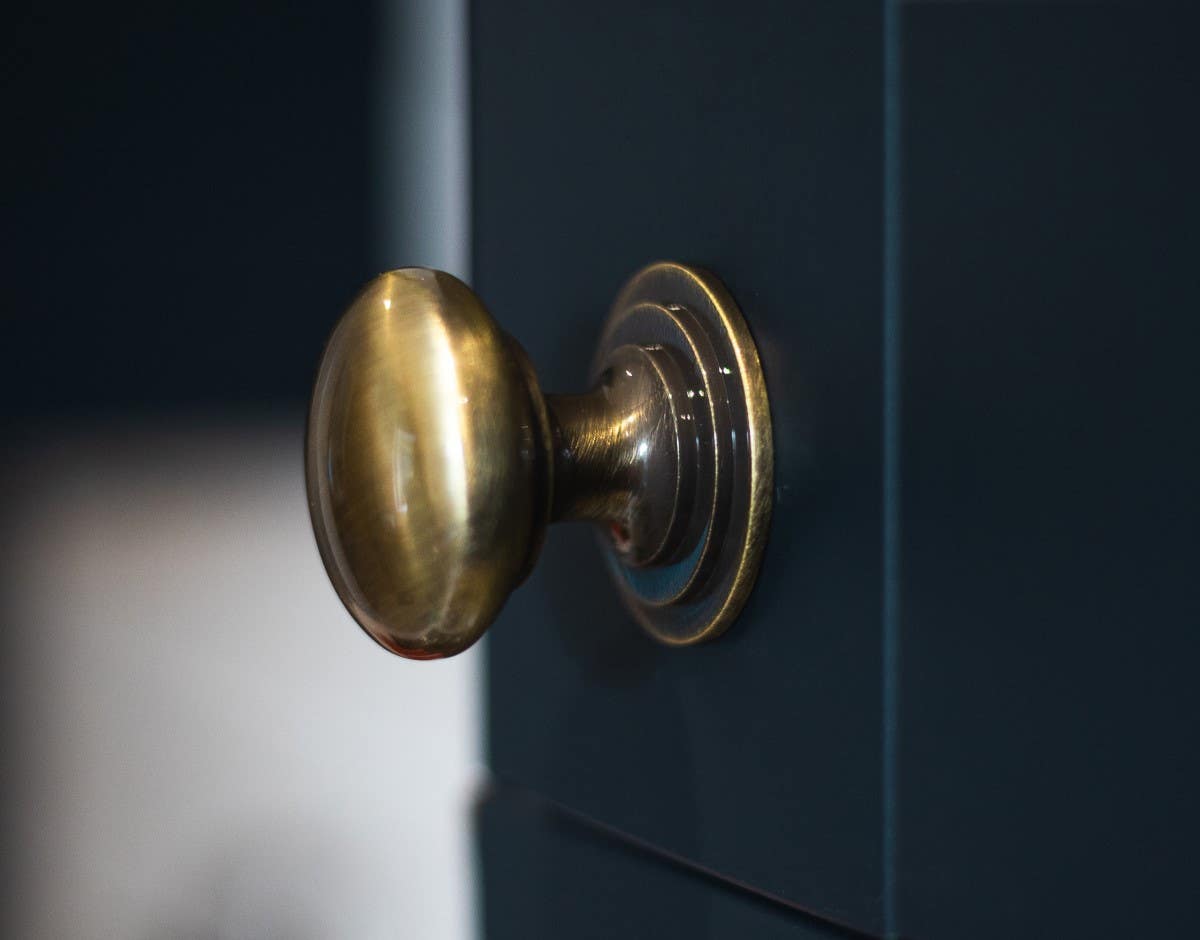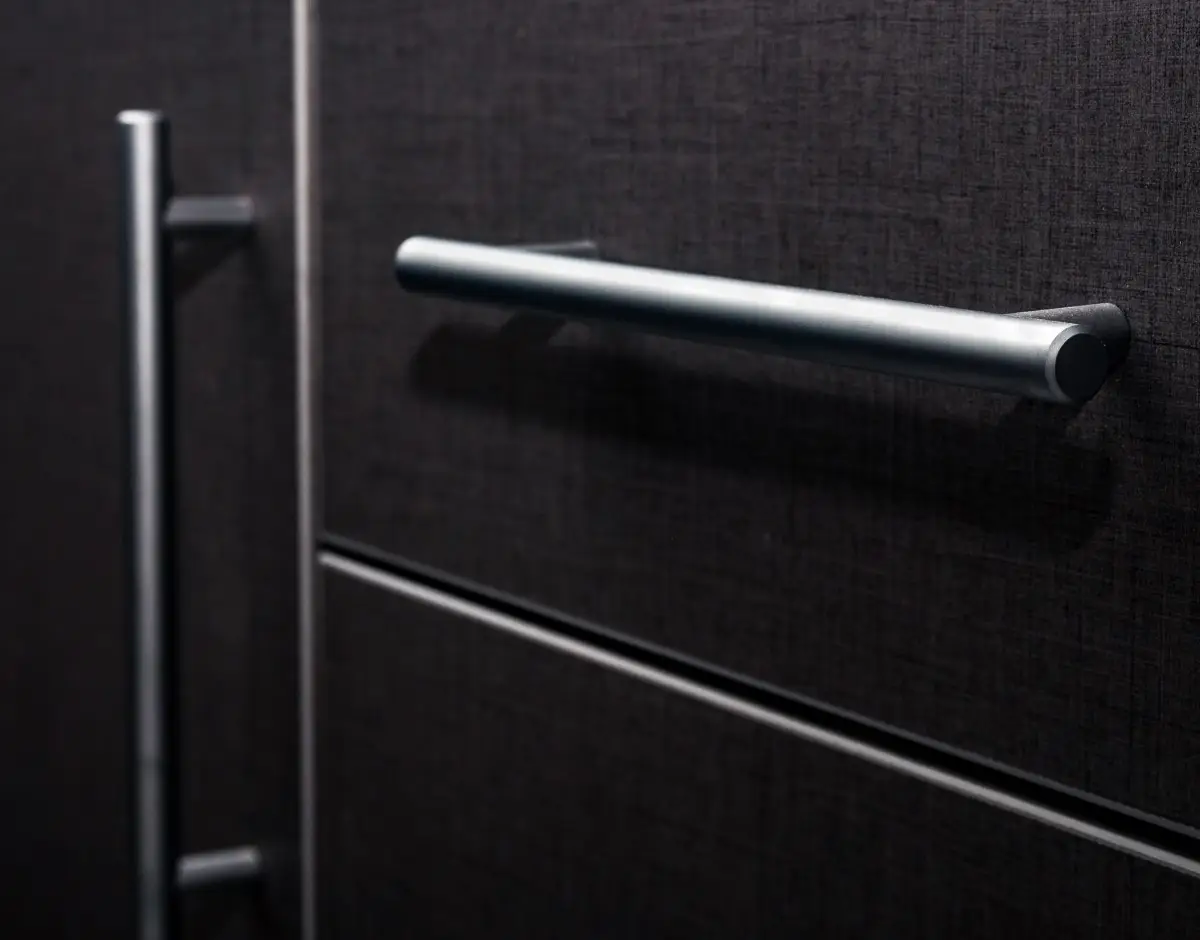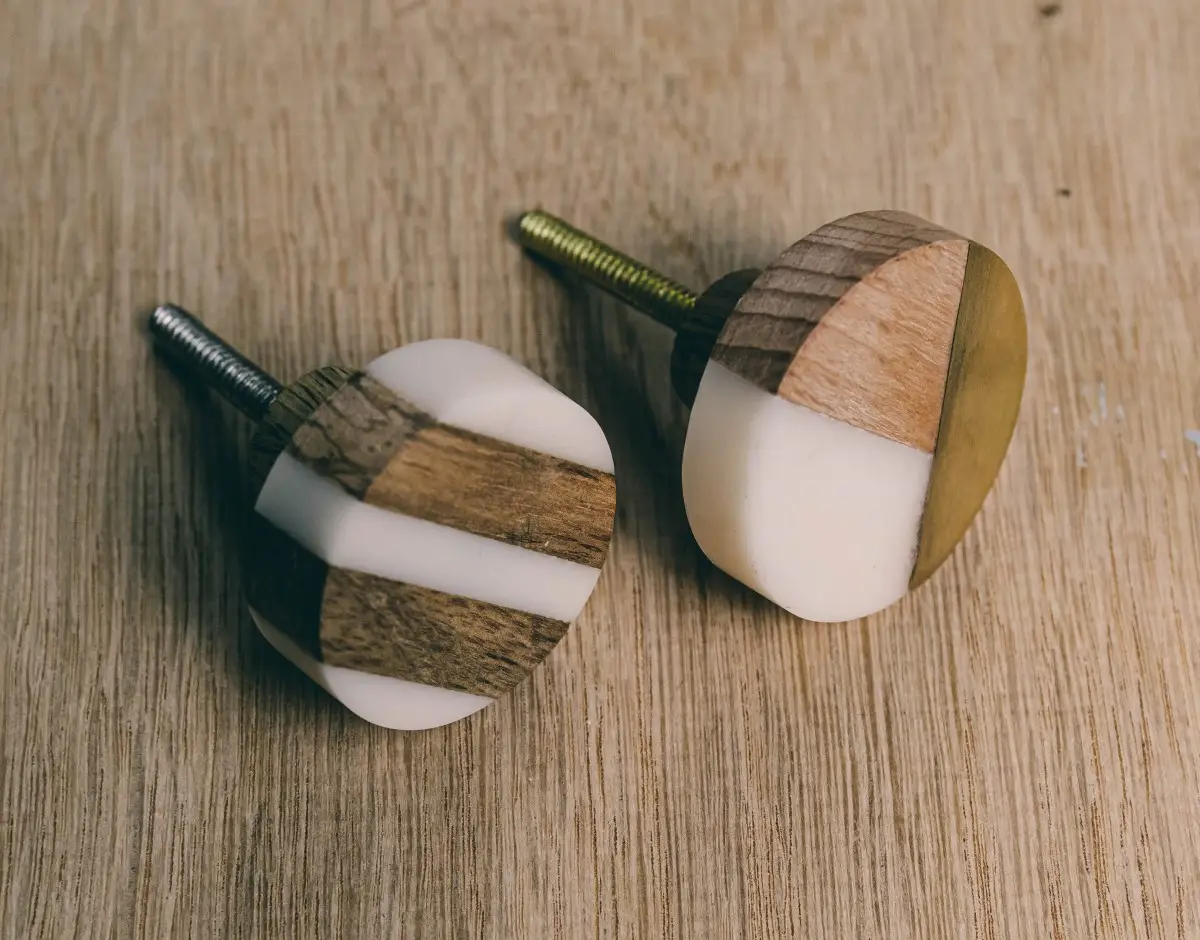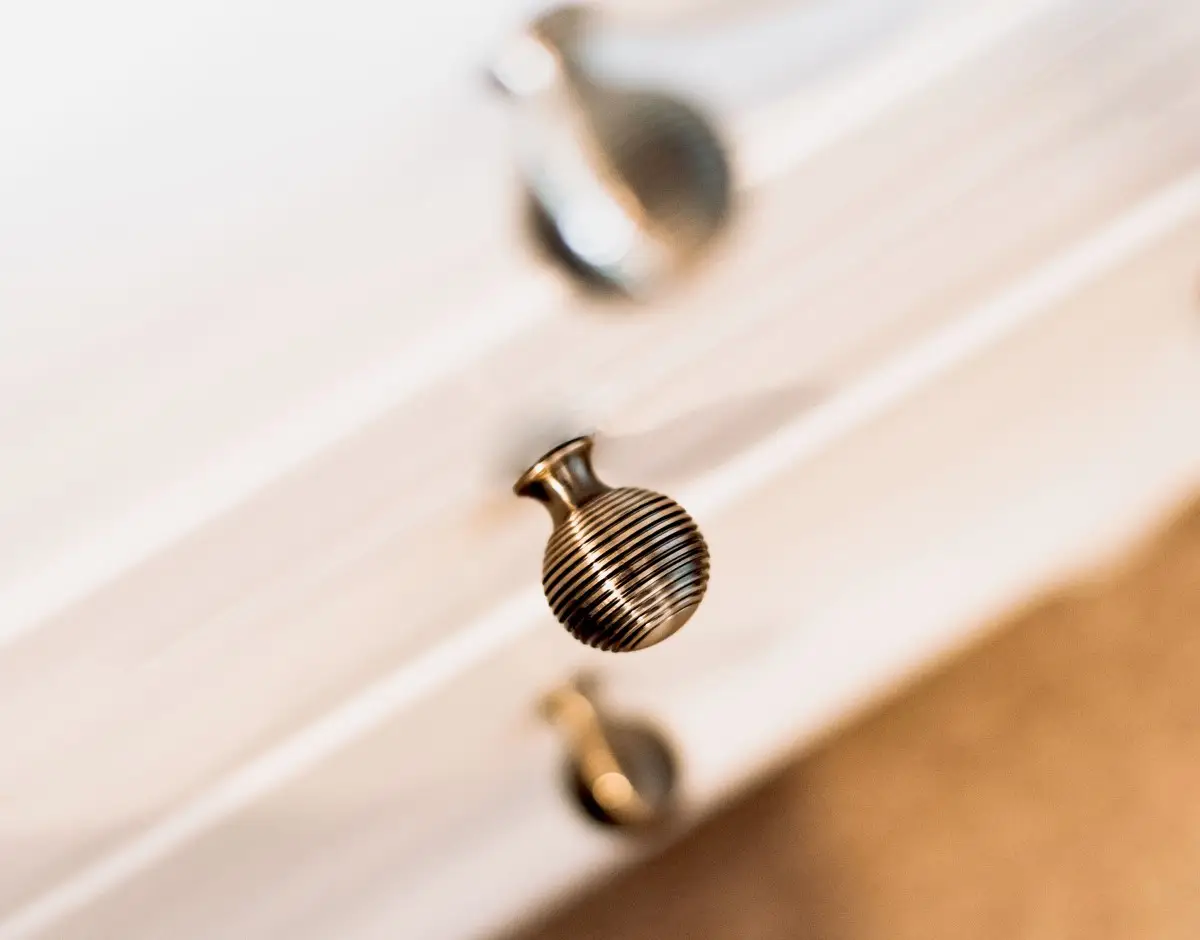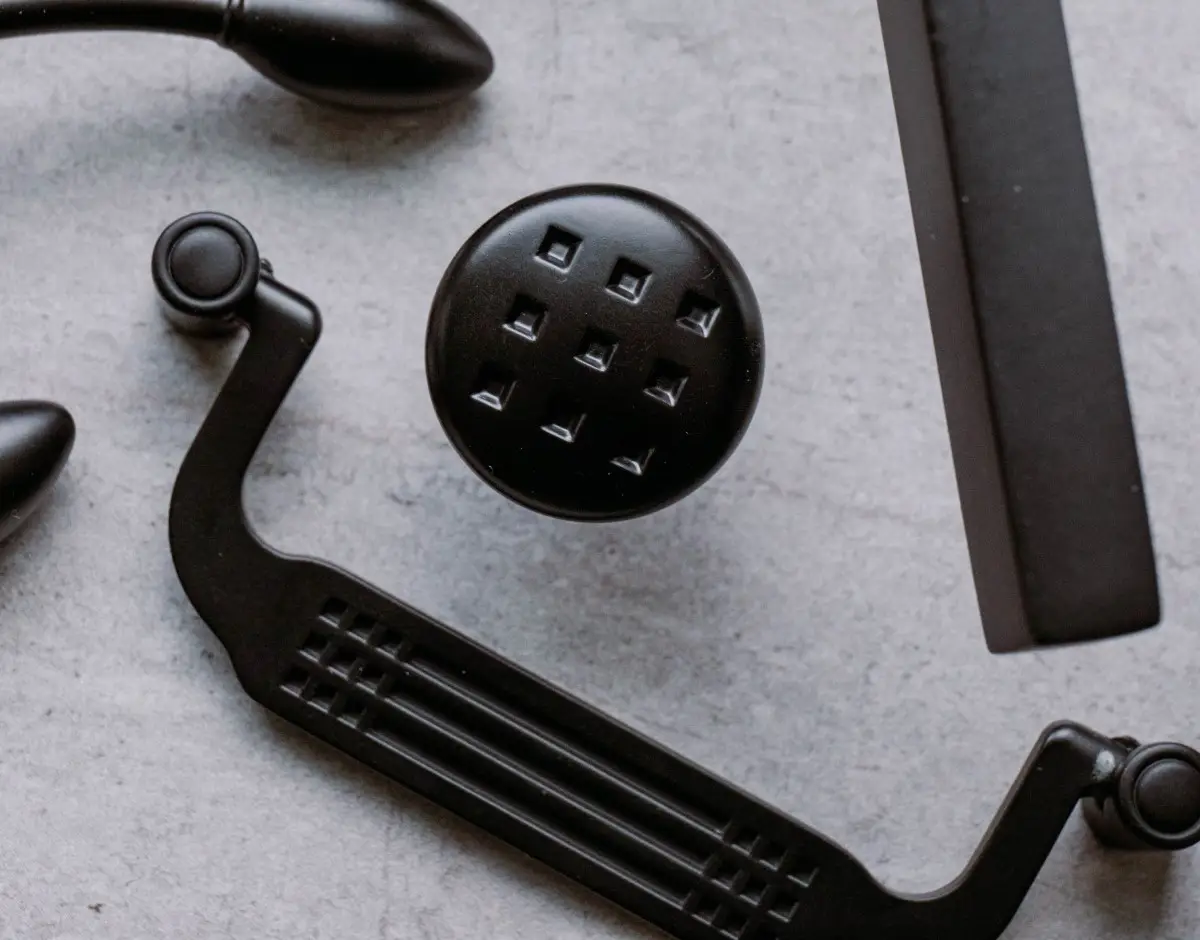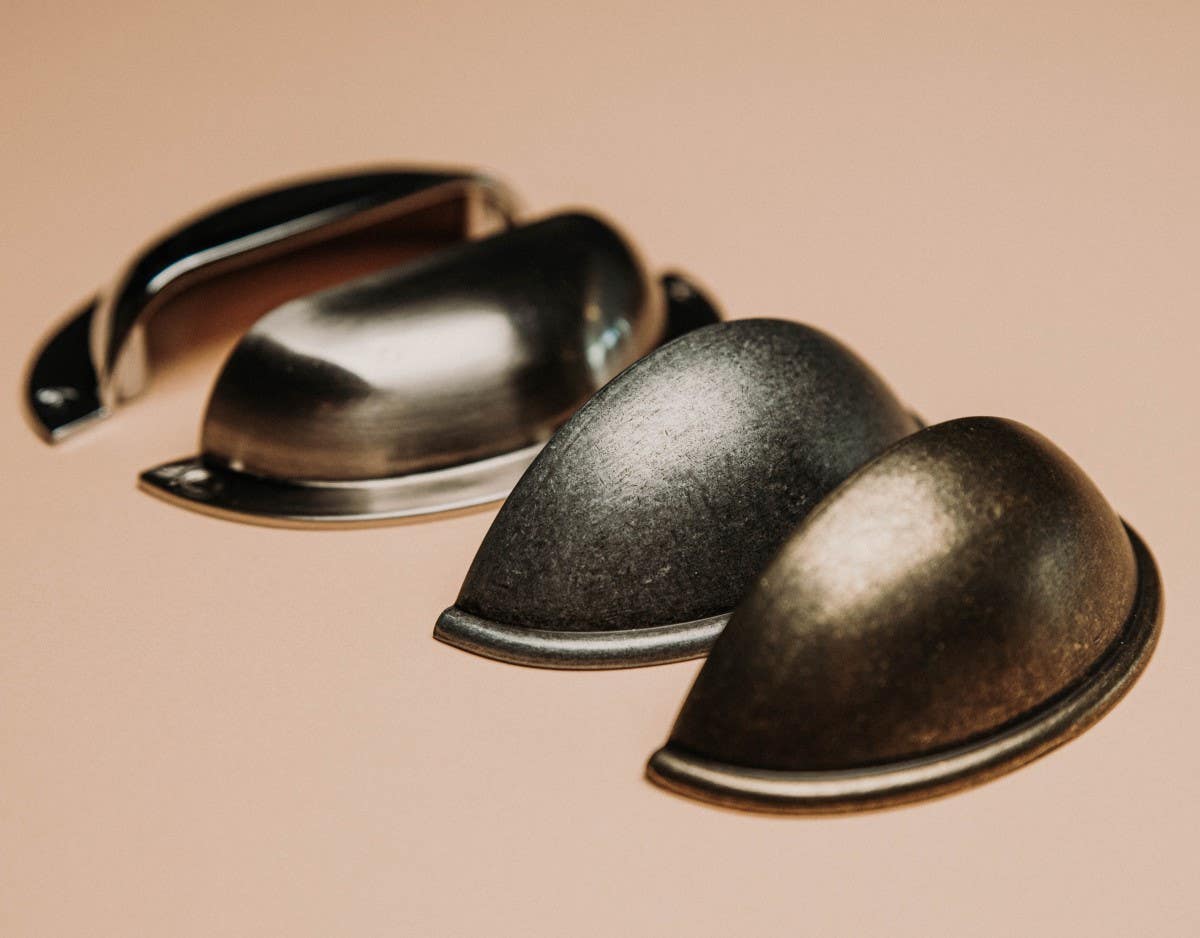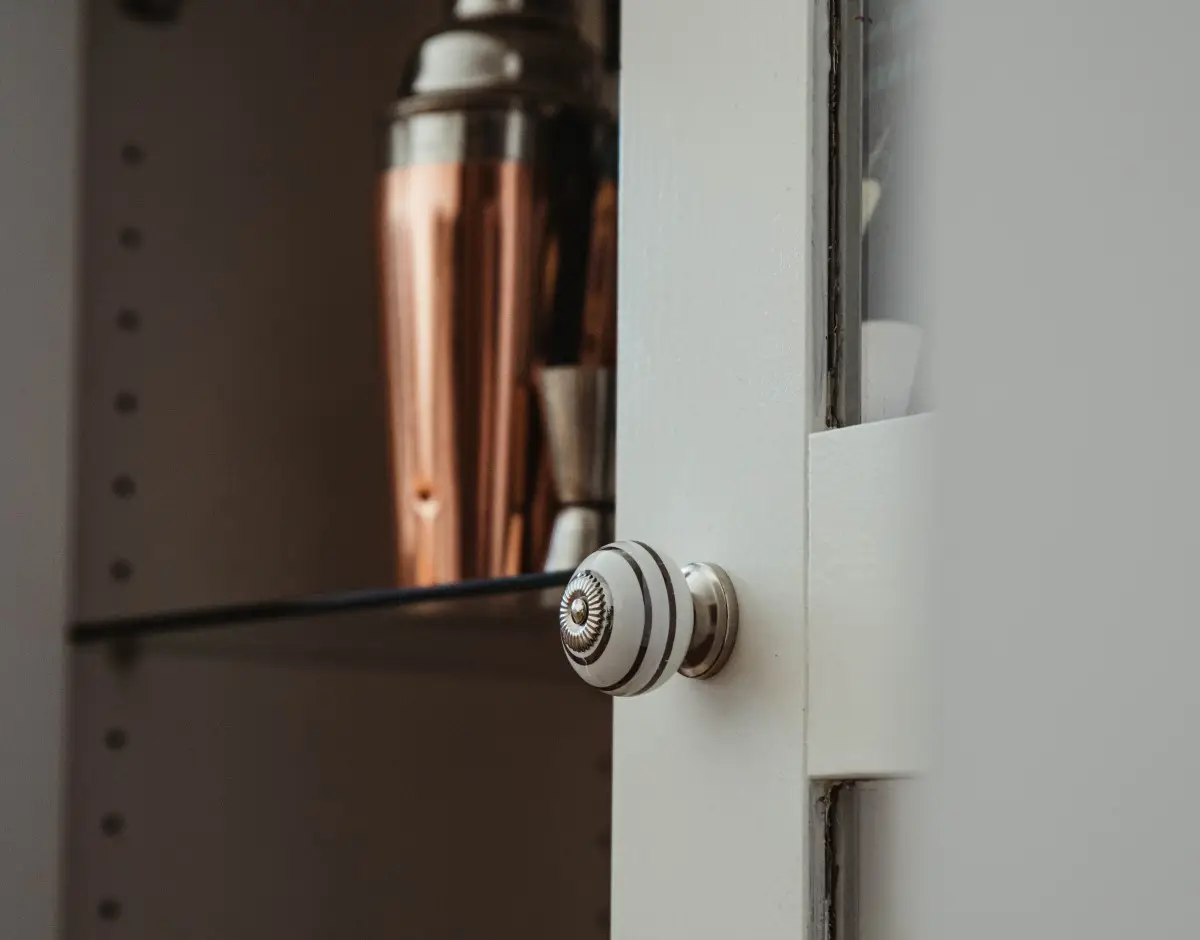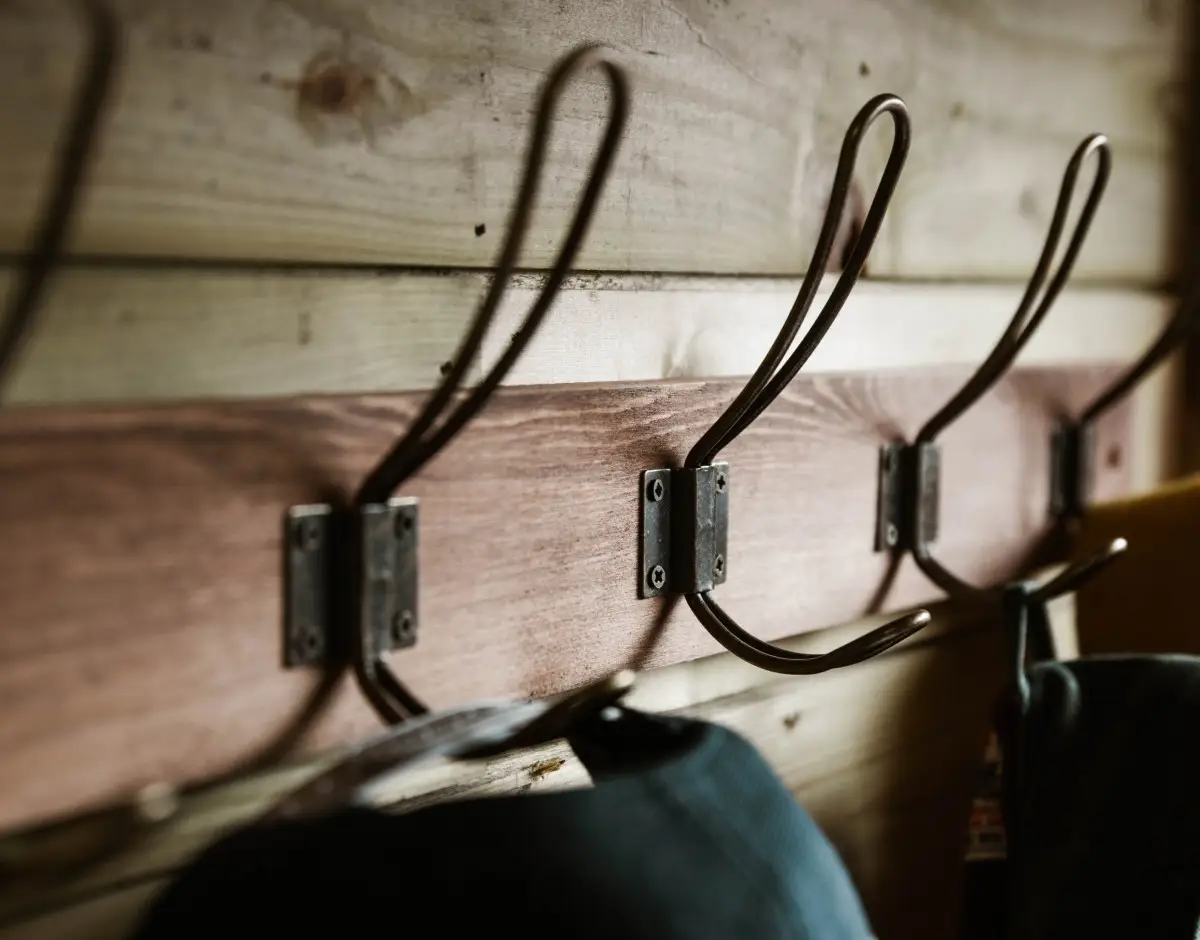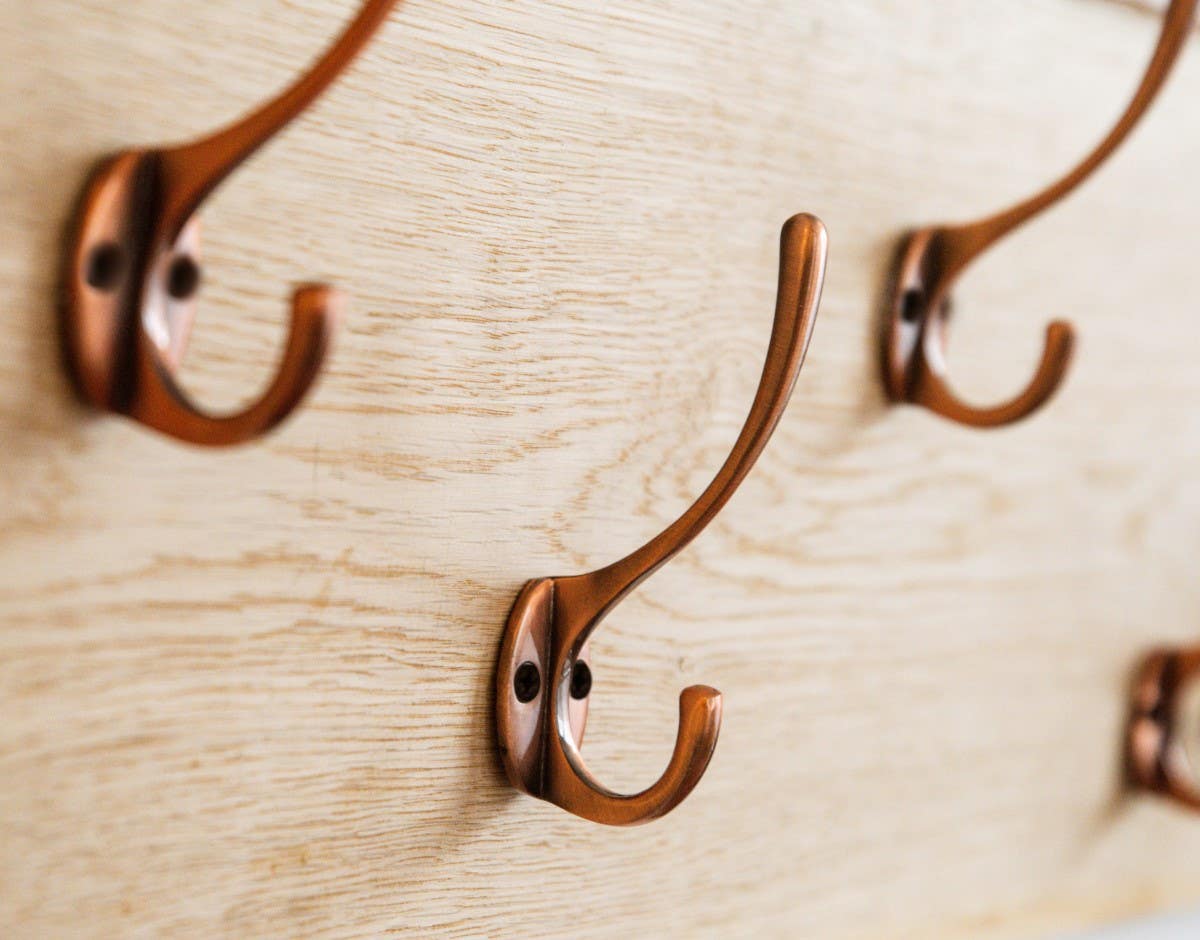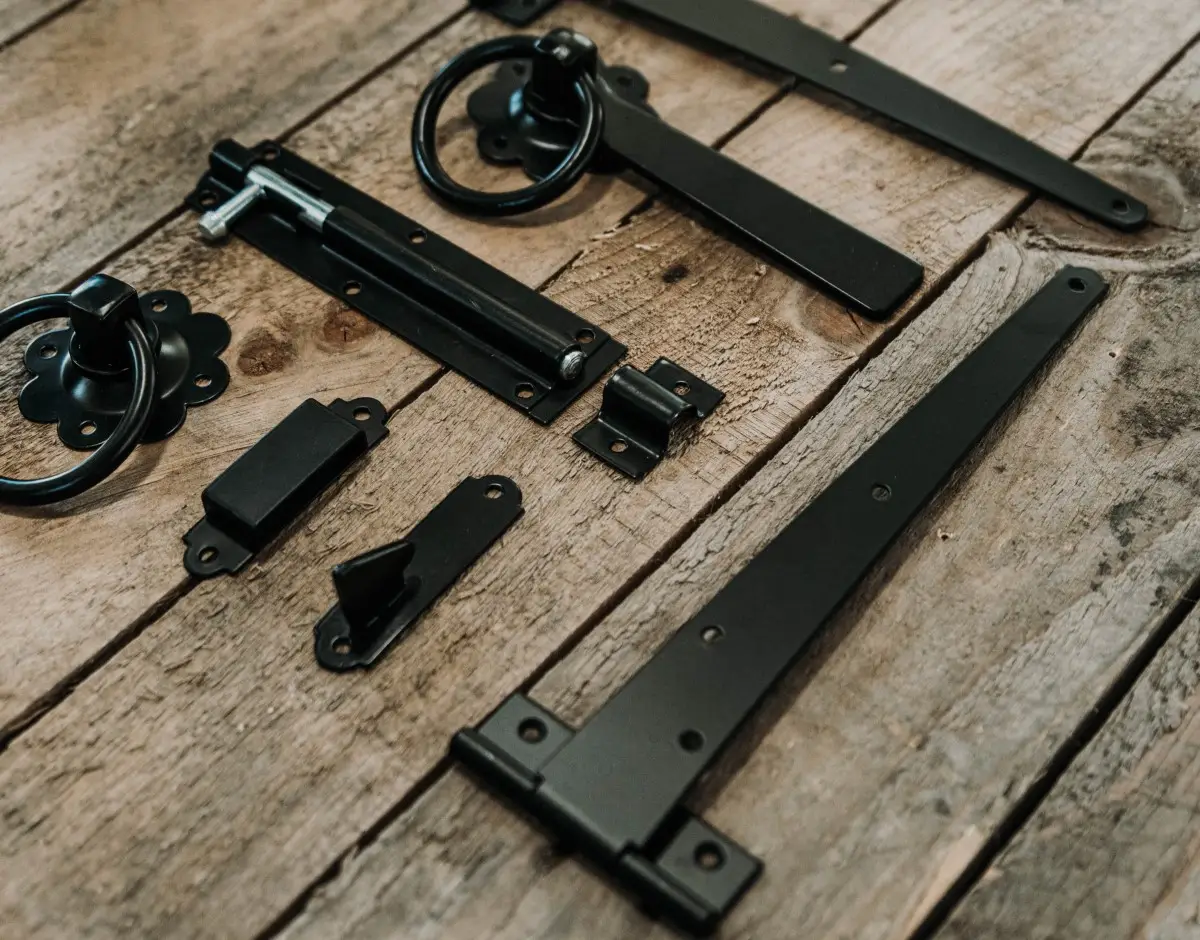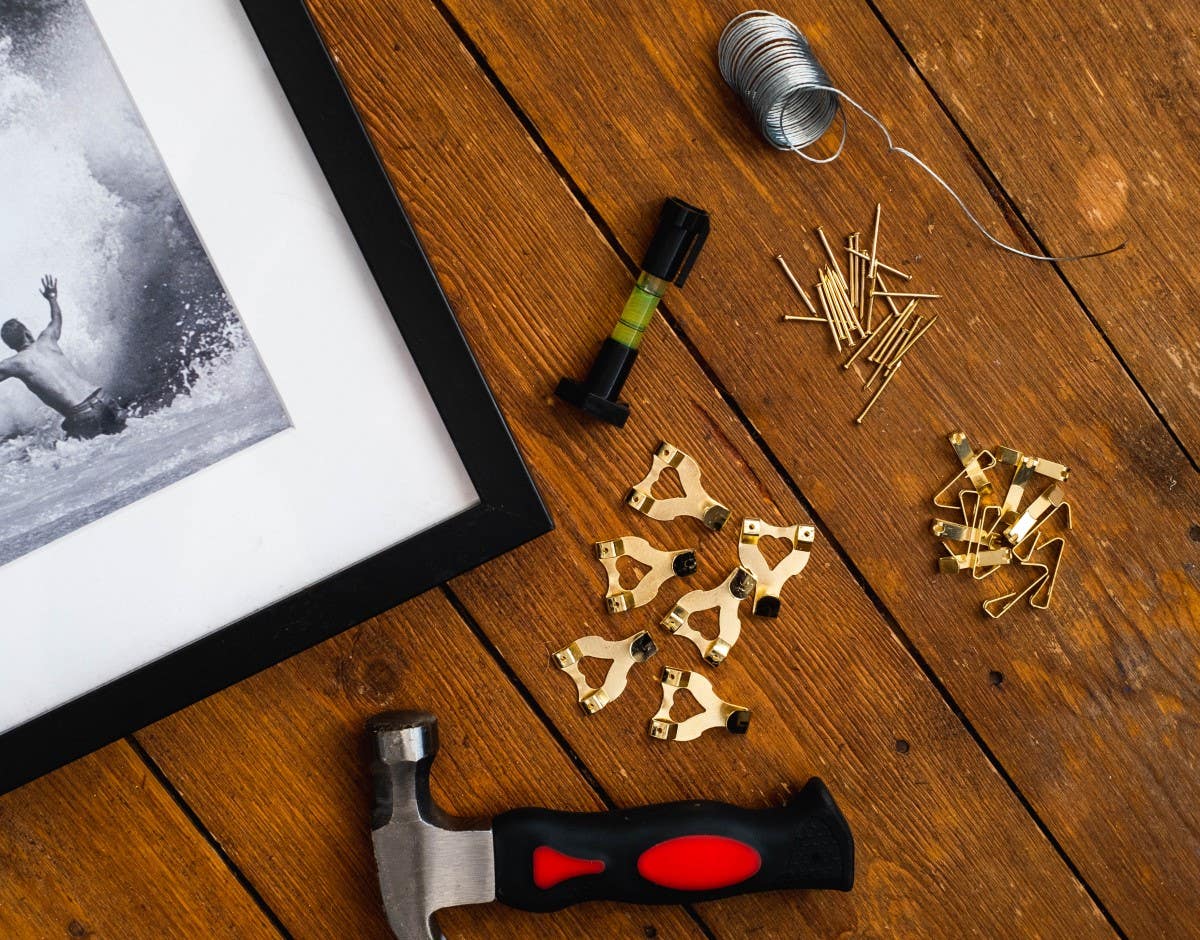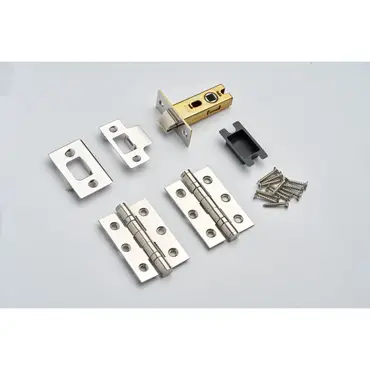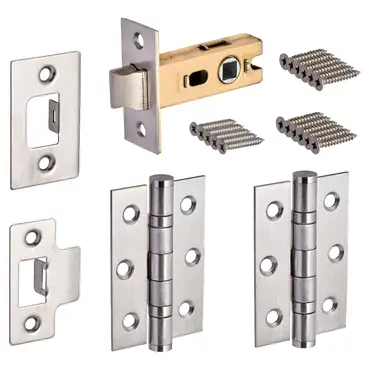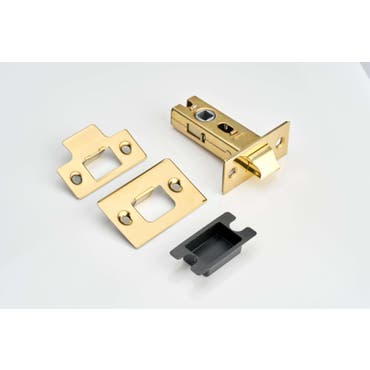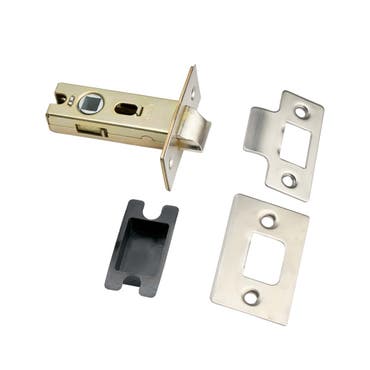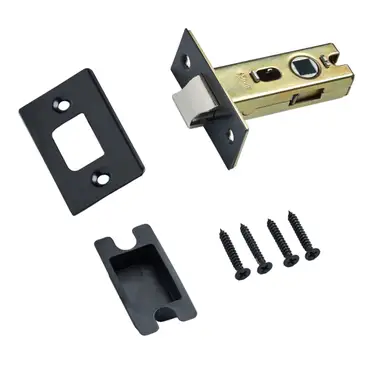How to fix a stiff door handle
Do you find that you have a door handle or two that's stiff to operate and seems to stick when you turn it? If so, it could be for a number of reasons.
In this article, we'll be looking at the most common things that make a door handle stiff and how to rectify the problem. Leaving it will only make the situation worse.
A door handle sticking can be annoying
If something has made your door knob or door handle stiff, it can be annoying and perhaps even unsafe if you had to leave your home in a hurry.
Typically speaking, the most common cause of a sticking door handle is due to a problem with the tubular latch - the spindle bar that sits inside the latch body - as springs and other component parts can easily become damaged.
First check for obstructions

Before you get on with trying to fix a stiff door knob or handle, be sure to check for any obvious obstructions, such as loose debris or screws or anything blocking the strike plate or stopping the handle returning to the horizontal position.
Once you're sure that there's nothing there interfering with the movement of the latch bolt, it's time to diagnose what's actually going wrong inside.
Dismantling Your Door Knob or Handle
In order to find out what malfunction is occurring inside the tubular latch, it's necessary to remove the door handle to get a good view.
It shouldn't be too much of a problem, as it's a pretty easy job. It could be as simple as unscrewing the backplate or rose or grub screw.
Keep hold of those screws!

A Phillips or flathead screwdriver will usually be ok for dismantling most door handles, although those with a small grub screw may call for the use of a hex or Allen key.
Be sure to keep the loose screws you take out safe and secure, as they're very easily lost and then you've got a whole different problem to deal with!
Checking For Obstructions or damage
Now that you've deconstructed your door handle, it's time to check to ensure there are no obvious signs of damage or obstruction on the back of the plates.
Then try actually turning the handle a number of times to ensure that the latch body is able to turn freely and the spring, that's often behind the door handle's rear cam. is in good shape (i.e. not bent or broken).
Replacement Spring or Lubrication?

If you find that the spring inside the door handle has broken, you may only have to replace it to restore the proper function of your tubular latch.
If not, spray lubricant inside (like WD40) to ensure that it's not simply seized components that are causing the problem.
When the Problem Lies in the Tubular Latch
If after checking that there's no issue with the door handles themselves, the problem almost certainly lies in the tubular latch.
A spot more unscrewing is then needed to remove the latch body housing. They'll usually be the two screws on the latch faceplate on either side of the hole the metal bar known as the spindle passes through.
Inspecting the Tubular Latch

You should now be able to pull the tubular latch from the door, allowing you to inspect everything thoroughly for any components poking through.
Firstly, check all around the latch body and tongue for signs of wear and tear or malfunction, such as protruding loose springs or other broken internal parts.
Push THE latch bolt tongue to the open position
Next, place your finger on the latch tongue and push it in to see if it will function properly and spring back into place when you take your finger away.
If it fails to, then you've almost definitely got a broken spring inside the latch body that's causing your door knob sticking problem.
A REPLACEMENT tubular latch is most likely needed
Another symptom of a broken door latch is not being able to press the latch bolt tongue fully into the latch bolt housing.
Due to the fact that it's simply not cost-effective to repair a latch bolt, both of these issues with the latch's tongue will mean having to buy a new tubular latch.
Checking Your Latch's Rotating Lugs

If you've followed the described steps laid out so far for solving sticking door handles, and the latch appears ok, there's something else you need to look at.
When looking at your latch and its follower, you'll see two rotating lugs on either side that allow the lock follower to turn as the door handles are turned.
These lugs may have become blocked
These lugs becoming blocked represent another common reason for door handle stiffness issues and it happens over time or could be due to shavings being left inside the borehole at the time of installation.
It could also be the result of a borehole that was made too small for the door handle latch that it was created for. This can be solved by making a larger hole.
A replacement latch may be needed
If the debris that's blocking these lugs has gotten inside the latch casing, then there's a good chance that some components have become broken inside.
Should any components inside have been broken, then you're going to need a new tubular latch to make those particular door handles operate smoothly again.
Don't Worry - We've Many Top-Quality Latches at Hiatt Hardware!
The great news is that if you have a stiff door handle that's caused by a faulty latch, replacing it is simple and cost-effective. At Hiatt Hardware, we have a wide range of top-quality tubular latches at very reasonable prices.
No one should have to put up with a stiff door handle, as it can lead to irritation and sometimes even safety problems to arise.
So, if you find yourself facing a loose door handle or even broken door handles, don't stress, as the solution is easy to find and implement with just basic DIY skills.
Unlike many door lock problems, door handle issues like these are relatively simple to rectify. We hope you have found this article useful and it helps you sort out any sticky door handle problems you may have.
Be sure to check back with us soon for more helpful advice and tips from the door lock and door handle world.

